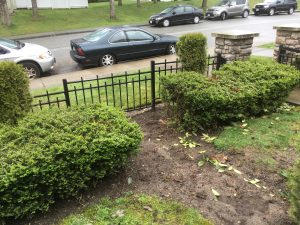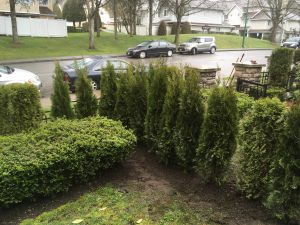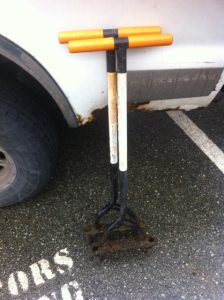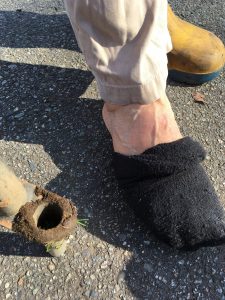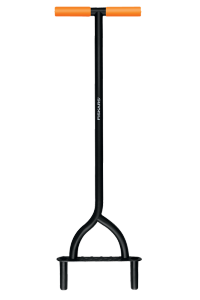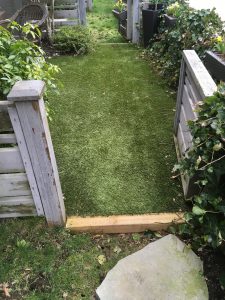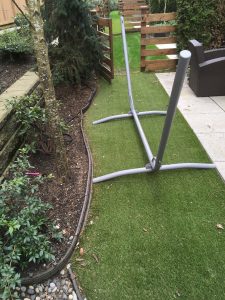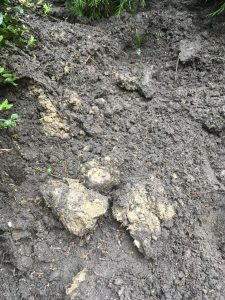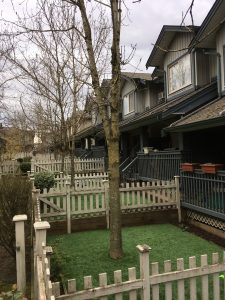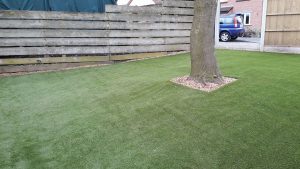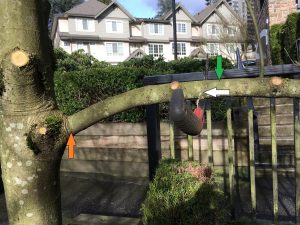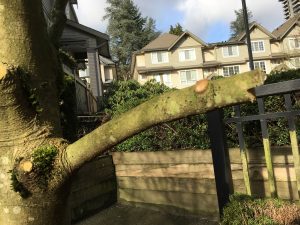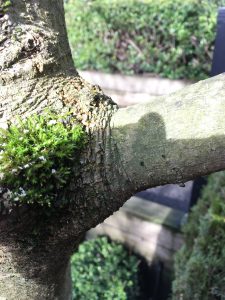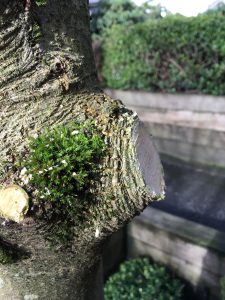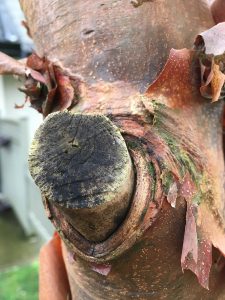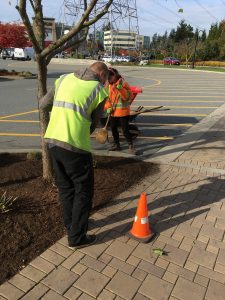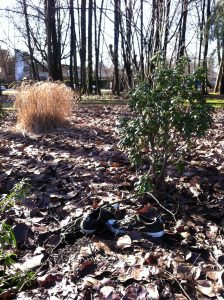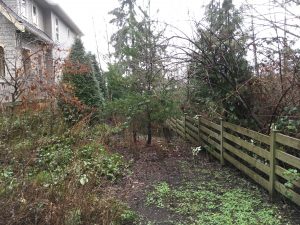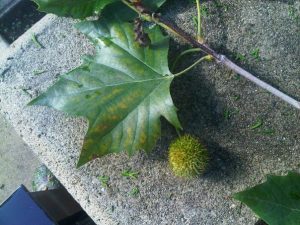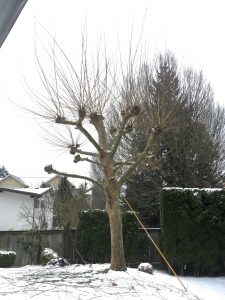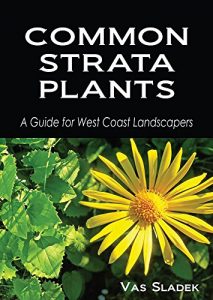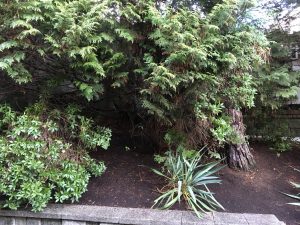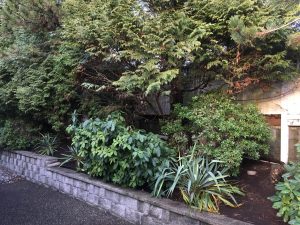Putting up a quick cedar hedge barrier can be a breeze. I did it last week in between two yards where one side needs to keep a dog in check. The dog is fine, it’s the owner that fails to pick up after it. But this blog post is about planting a quick cedar hedge, not about suspicious dog owners.
Size
Small size is key because a four foot cedar can be easily purchased at your local Home Depot for $18. Anything larger will require a longer trip to a nursery and higher costs. So let’s assume four foot cedars (Thuja occidentalis) are fine.
Now, when you go to your local Home Depot bring your patience with you. It took me forever to order and pay for 13 4′ cedars. The cashier didn’t have the code so she sent a young dude outside to get one. I could have memorized the entire sales flyer in the time it took him to get back.
Outside, another young dude had trouble counting to 13. He loaded up more than I had paid for and then hopped around the back of my truck recounting and off-loading. So of course, I had to recount everything myself.
Planting
The cedars looked a bit dry. It’s always nice if you can soak the pot before planting. For my project I had a T-formation with 6 and 7 cedars. Normally, people dig a hole and then place their tree inside and so on. But when you plant a full line, it’s best to dig up the entire trench. You can then place the trees in and assess. Is your spacing OK and line straight? If not, it’s easy to adjust the plants without any extra digging.
When you remove the tree from its pot, don’t be afraid to rough up the root ball. Gently massage the roots with your fingers. If fingers don’t help, use your snips and cut top to bottom to loosen up the roots. It looks a bit rough but trust me, do it.
Once your cedars are set as a new hedge, backfill the trench with the same soil. If you must bring in new fresh soil, only use it to top-dress at the end.
Watering after install is always a good idea and so is removing any tags from the cedars. New baby cedars are thirsty so keep checking on them. They have to get established and high summer temperatures are coming soon. Don’t neglect this step.
Clean-up
Clean-up is also critical. Now that you have a nice new cedar hedge let’s not spoil the show. Collect all plant tags and plastic pots. Recycle everything if possible. Then blow or rake up any excess soil from surrounding lawn or whatever is nearby.
I also used a small rake to even out the soil and to obliterate my boot prints.
Conclusion
Planting a new 4 foot cedar hedge can be a breeze. Just follow the steps above and don’t forget to keep watering the plants as temperatures shoot up in spring and summer. Young cedars are very thirsty.


